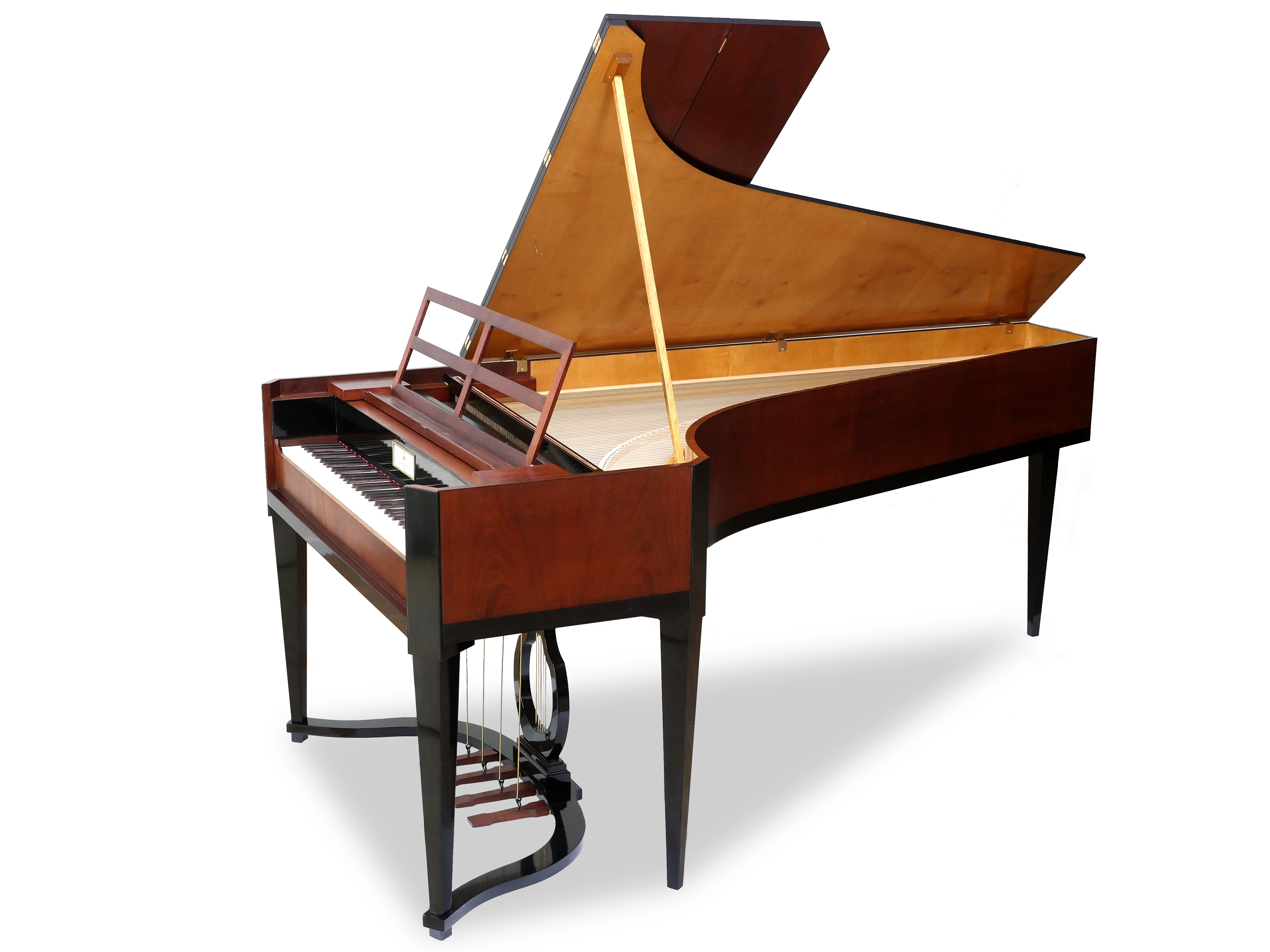Piano maker Chris Maene guides us through the seven pianos that Beethoven played during his lifetime
Beethoven's journey through the rapidly developing world of the piano can be traced through seven instruments he would have played, copies of which have been built from scratch by Chris Maene.
He guides us through each of them below...
Stein (1786)

When living in Bonn, Beethoven visited the Stein workshop in Augsburg and got to know the instruments thoroughly. The sound was light and very clear, but the touch was like a harpsichord’s. Striking the key harder did not increase the volume.
Walter (1795)

Following his arrival in Vienna in 1792, Beethoven was quickly attracted to the pianos of Anton Walter. The firm’s Prellmechanik action prevented the hammers bouncing back, while the instrument’s larger soundboard and bridge created a richer, more brilliant sound.
Erard (1803)

Although many of the Viennese piano manufacturers were eager to deliver an instrument to Beethoven, the young virtuoso decided to buy himself an Erard.
The keyboard spanned five-and-a-half octaves, had three-way stringing, a split bridge for the bass and four pedals. It produced a richer sound than the Viennese instruments, too.
Fritz (1811)

The Fritz piano is a perfect example of the best Viennese instrument of the era, with its six octaves, double-stringed bass and medium registers, triple-stringed treble and four pedals. The soundboard is thin and the bridges are split in the bass.
Small hammerheads for a precise and light touch and a full, large sound with considerable volume are its characteristics.
Streicher (1814)
The Streicher family were close friends of Beethoven. His fierce style of playing inspired the Viennese company to build a new six-octave model with a richer, more resonant and romantic sound compared with the city’s traditional instruments.
Broadwood (1817)

The English manufacturer’s gift of a piano to Beethoven had an obvious commercial motive.
However, with its thicker soundboard, larger hammers with thicker leather, smaller dampers for the bass and excellent pedals it was a perfect fit with the grandeur of Beethoven’s piano music.
Graf (1826)

Conrad Graf, one of Vienna’s new and more innovative piano makers, lent Beethoven an instrument in 1825. He built more than 100 instruments each year and copied the Broadwood soundboard in order to achieve a more English style of tone quality.
Learn more about Beethoven's influence on the modern-day piano, inside issue 112 of Pianist.
All images supplied by © Chris Maene







